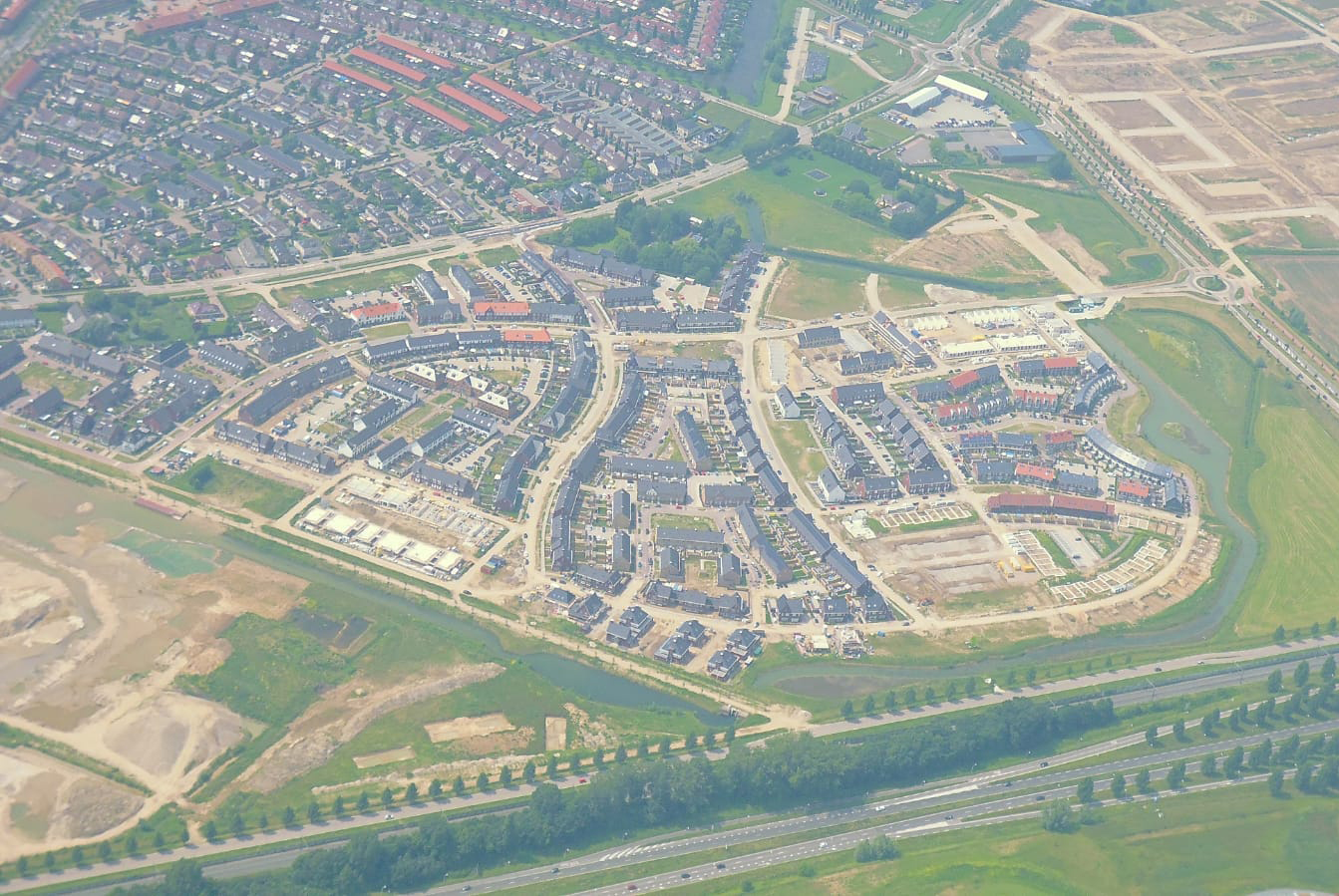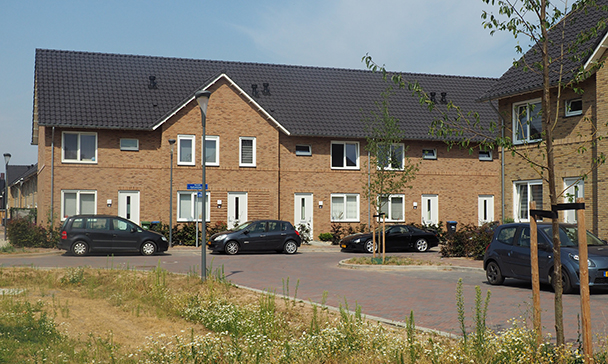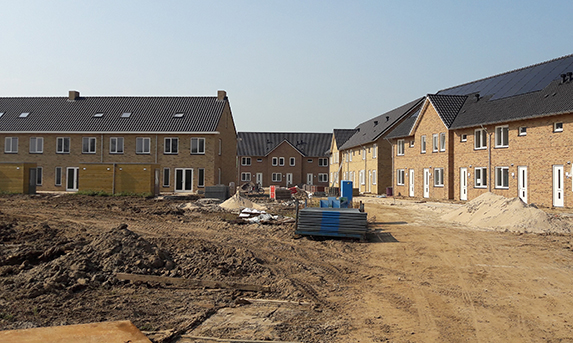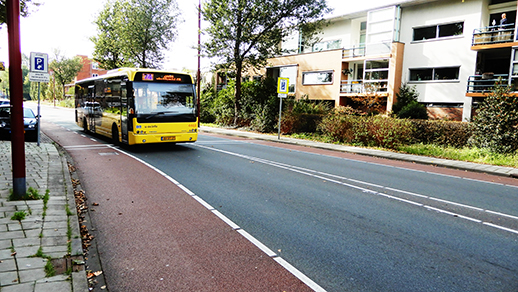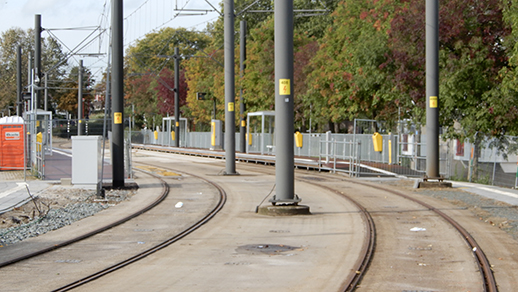Creating dynamic parking standards with care
February 2021
In a previous article, we highlighted how planning permission for new housing developments are highly influenced by car parking standards. These standards evolved over decades but, for today’s requirements, possibly won’t fit the bill. In our contribution to America’s State of Transportation Panning 2020, we stressed the importance for adapting to dynamic parking standards.
In the article below, we are building on from this. Together with BEECKK Ruimtemakers we had a conversation with Dr. Giuliano Mingardo. Giuliano PhD is senior researcher at the Erasmus Centre for Urban, Port and Transport Economics (Erasmus UPT). He is specialised in parking policy and mobility management and won the British Parking Awards 2017. How does Mingardo think dynamic parking standards should be implemented?
Mingardo observes how municipalities are currently lowering parking standards to allow a swift delivery of new homes. ‘Parking is a very expensive aspect of new developments and the margins on real estate are getting smaller. The reduction of number of car parking spaces can make all the difference for either an unprofitable or profitable project.’ Nevertheless, just lowering standards to accommodate for example only a percentage of 20% of car owning residents is not a good idea according to Mingardo.
‘There is no evidence that there will be fewer cars in the future. Compared to 20 years ago, there are now many more young people in urban areas who do not have a car, but this does not mean that they will always live their lives without a car. We should also remember that car manufacturers are very good at marketing. For years now, we heard that cars are bad for the environment, but electric cars are changing that rhetoric.’
Shared mobility
When asked whether shared mobility is a solution, Mingardo states: ‘Shared mobility is now a niche and it is often regarded as an alternative to a second car. Shared mobility is often replacing other modes of transport, such as cycling, walking and public transport. The resilience and reliability of a development it is not built on a niche though. Also, there is currently no profitable self-relient provider of shared mobility.’
Mingardo has done long-term research on the effects on parking facilities on retailer’s turnovers and argues that removing car parking space doesn’t affect business, despite many retailers’guts feelings. Free car parking generally creates its own demand. Could the reduction of car parking spaces in housing developments reduce the demand? Mingardo: ‘Short term demand could indeed drop, but problems may arise long term, if the availability of other mobility options and demographics of the area change.’
Plan B
Mingardo urges municipalities only to lower parking standards in combination with a plan B catering for changes in the future. This should include reservations for actual space as well as budget, both well defined in contractual obligations with the developers. In this way, a parking garage could be easily realised if the need arises.
According to Mingardo, there is now too much emphasis on shared mobility as future problem solver. Especially in Dutch cities there are now large new developments with a seriously reduced number of car parking spaces, even when good public transport is not assigned yet. A possible consequence could be that only the super rich can own cars. This could have major social consequences.
‘We should ensure an accessible, reliable futureproof mobility mix, flexible to cater for future developments’.
Interview by Wieteke Hoftijzer (BEECKK Ruimtemakers) and our business innovator Rens Jonker. English summary by Eric van der Horst. Please contact us if you want do introduce dynamic parking standards responsibly within your area.
